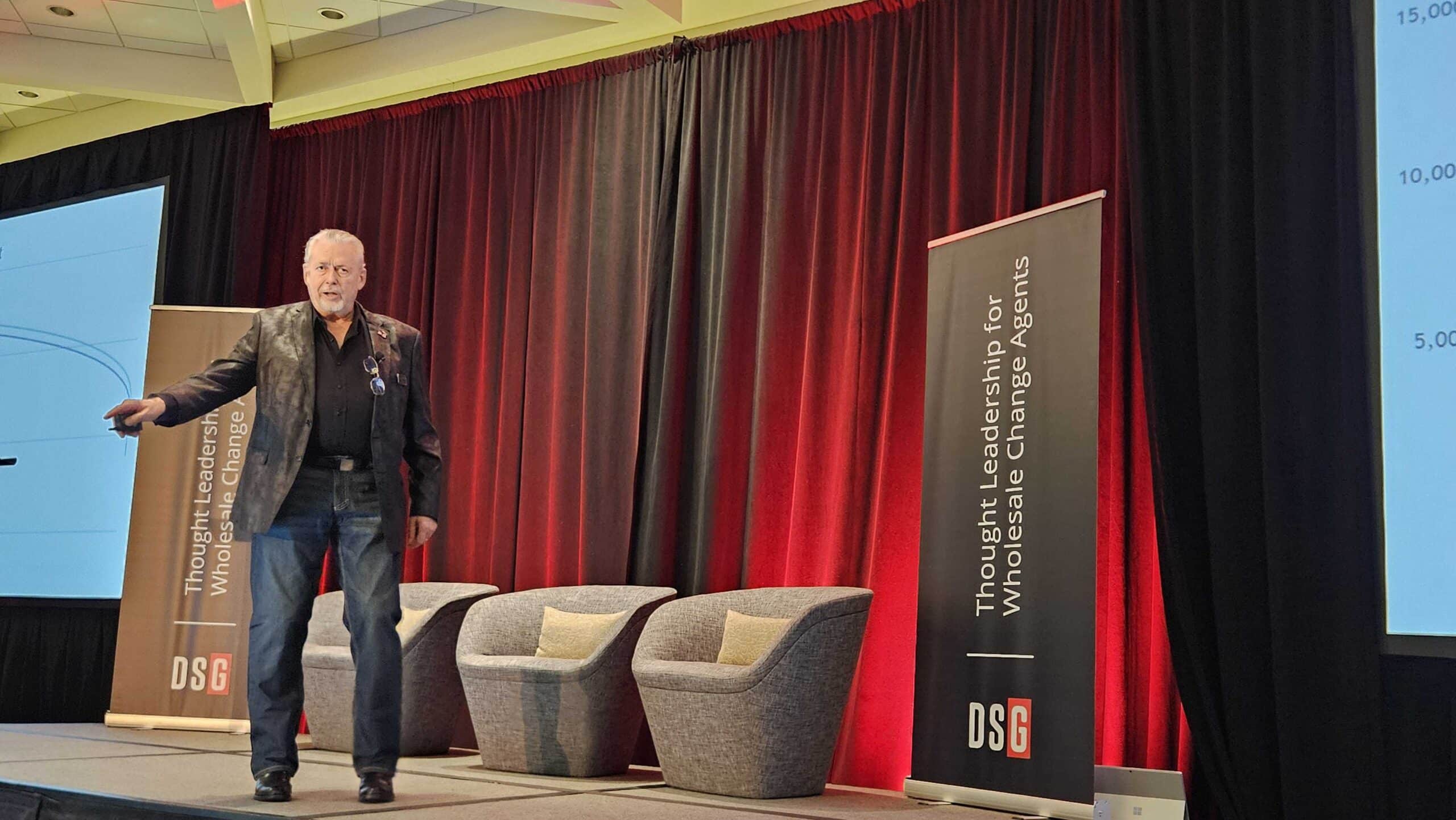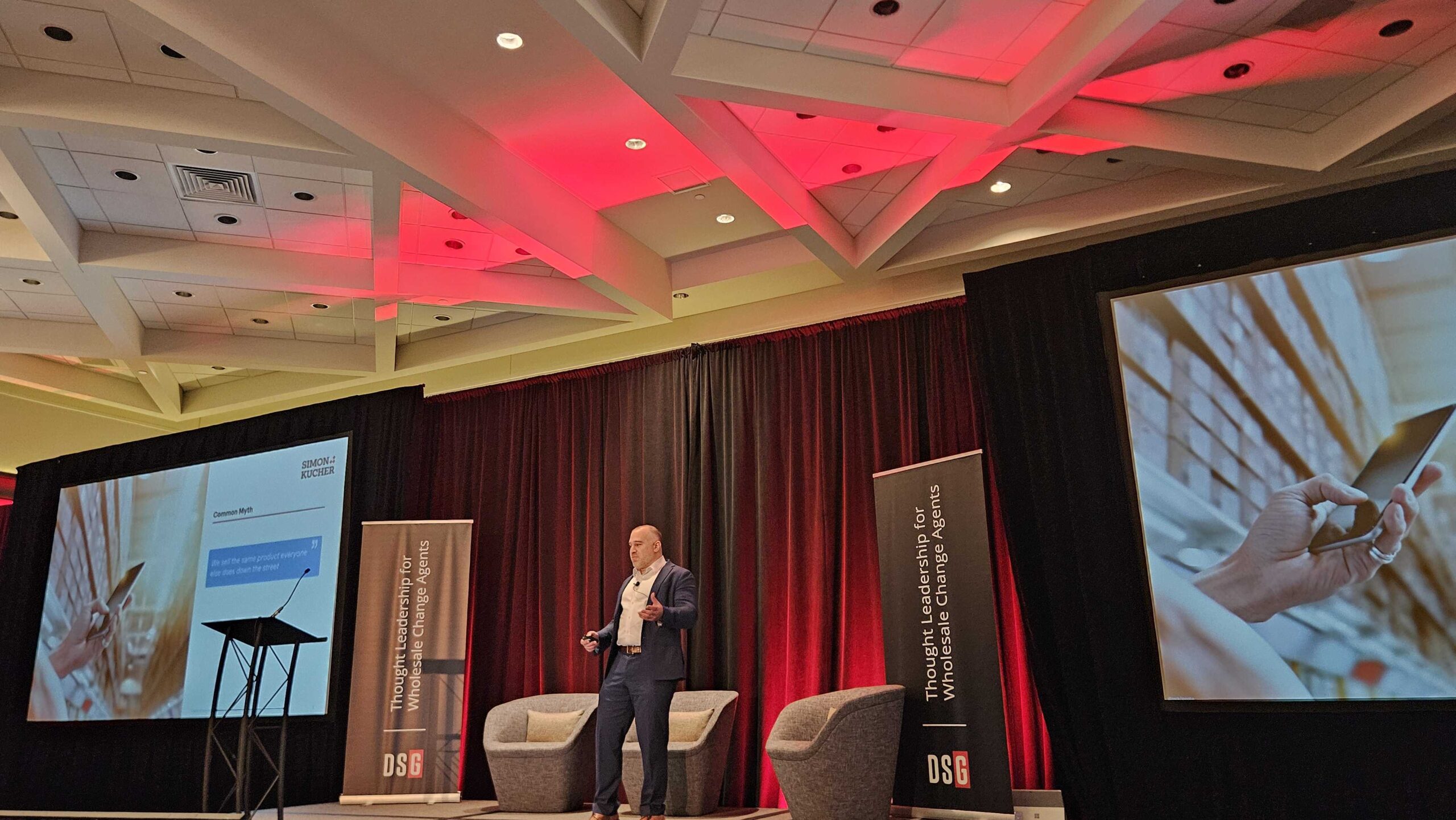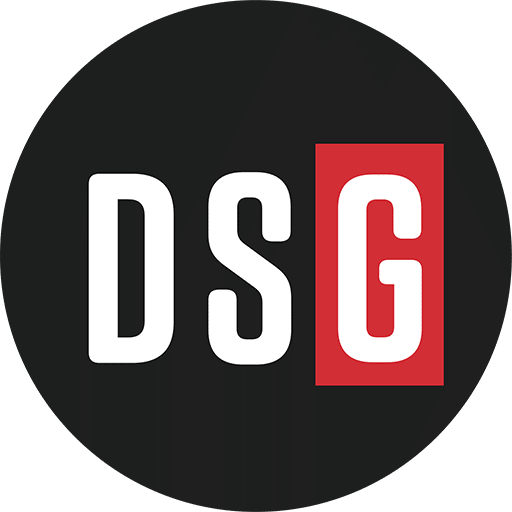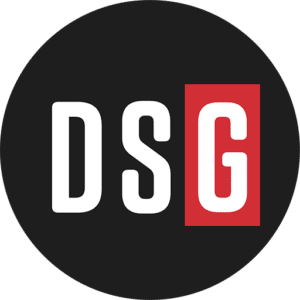“When I was young, I thought it was all about the money. And I was right. It was.” – Mike Marks
Mike Marks of Indian River Consulting Group summed it up nicely during his opening presentation at the Profit and Productivity Summit for Distributors this week in Chicago.
The goal of this event is to look at profitability holistically: How can distributors strengthen their bottom line through not only better pricing, but better buying, a more productive workforce and smarter technology?

- They are geographically based serving an established set of customers.
- They are incentivized on gross margin, getting to “eat what they kill.”
- They negotiate or influence pricing with customers.
- They receive some clerical, admin and counter support from others.
Most industrial distributors have a customer repurchase rate of over 85%, meaning most of what customers are buying doesn’t need to be sold to them. That results in sales reps spending much of their time market-serving vs. market-making.
To counter this, the emerging state of sales, according to Marks, needs to be:
- Field reps have a defined set of customers that often change.
- Field reps focused on market-making rather than market-serving.
- The leveraging of data to migrate up the customer value chain, increasing switching costs.
- Digitally enhanced processes that provide rich insights and reduced friction in the customer experience. This includes AI-powered selling, from simple automation to technology playing an active role on the sales team.
The result: greater productivity across the board and releasing sales reps to proactively take share.
“I want you to be boringly reliable,” Marks said. “You don’t need your sales reps to be doing heroic recoveries.”
Here are the other takeaways from the first 24 hours of the conference:
Distributors need to reduce their losses on money-losing accounts.
According to Randy MacLean of Waypoint Analytics, distributors are facing margin pressure from:
- Rising labor costs
- Fluctuating interest rates
- An aging workforce (“It’s not bad if you’re capitalizing on it. But if you’re not, it won’t translate to greater profits.”)
- A mature market
- Small orders

On average, MacLean said, around 60% of distributors’ invoices lose money. You won’t ever get down to 0. But a “reduction in losses is the same as an increase in profits.”
Distributors can’t sell their way to profitability, he said. Instead, distributors need to focus on what they can control. Among other tactics, they can:
- Reprice small money-losing accounts.
- Work with your customers and team to reduce the number of small orders.
- Evaluate value-added services. Where can you add fees? MacLean has seen some distributors be successful with delivery fees, for example.
- Set minimum order quantities.
Losing money is only sustainable for so long. “If you don’t get on top of this, you won’t make it,” MacLean said.
Distributors’ visibility into profitability is greater than it’s ever been.
Because we now have access to historical data and modern analytics, distributors can closely examine their data to uncover opportunities to increase their bottom line. “There’s no excuse to not chase the profit leaks,” said Scott Sinning, who oversaw pricing at electrical distributor Graybar for much of his career and now helps other distributors improve pricing.
He spoke on the panel, “What I Wish I Knew About Driving Profits 20 Years Ago.”
“Every distributor leaves money on the table,” he said. “What matters is how much and whether you can see it.”
A pricing initiative won’t succeed if your team isn’t onboard.
It’s easier said than done to say that distributors can implement a strategic pricing initiative and expect it will have immediate impact. The truth is: Without your team onboard, you won’t get far. And they are often less afraid of their boss than they are of the customer, said Abhi Singh, who joined Sinning on the panel. Singh is the principal of LMS Strategies and has spent his career in distribution operations for companies like HD Supply and White Cap.
The good news: Distributors can give their reps permission to say no and the right support and tools to follow through. Establishing a culture that values profitability, not just volume, requires strong leadership and change management.
The front lines need to understand why a price is what it is. “Why are we worth more?” Singh said.
They also need to know what’s in it for them, Sinning said. Better pricing processes can save reps time and make them more money.
Distributors have more control over their profitability than they think.
“We sell the same product everyone else does.”
And that means distributors don’t have the power to charge more. That’s the myth that William Humsi of pricing consultancy Simon-Kucher opened his session on the first day of the conference. Actually, he said, distributors have more control than they think to capture the value they are delivering.
The disconnect comes when distributors try to identify what customers care about.
It turns out that their customers usually don’t value price first. In line with what DSG has seen with the surveys we’ve done of distributors’ customers, Humsi shared data that showed that price often lands behind product availability, ease of ordering, product quality, lead times, and customer services and support as most important in the buying decision.

High-performing companies clarify and measure the value they offer customers, he said, segmenting customers based on their needs and willingness to pay. Distributors can also pull levers like freight based on what customers value most.
“Understand your customers’ stories and what matters to them,” he said. That’s where you’ll find the power to derive value from a transaction. “You can’t talk about price without talking about value,” he said.


